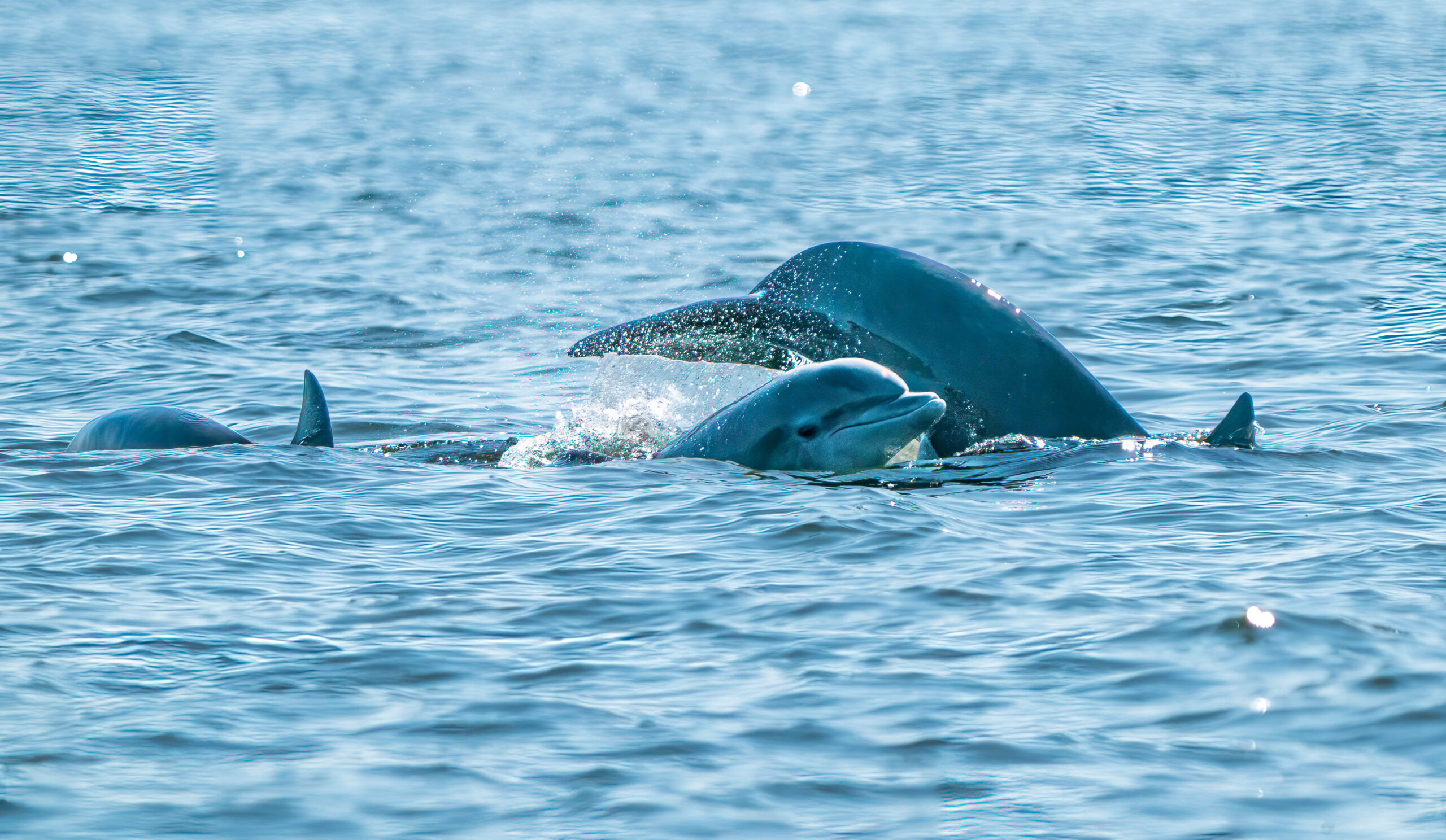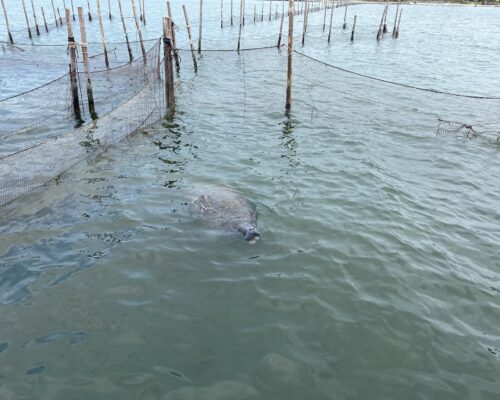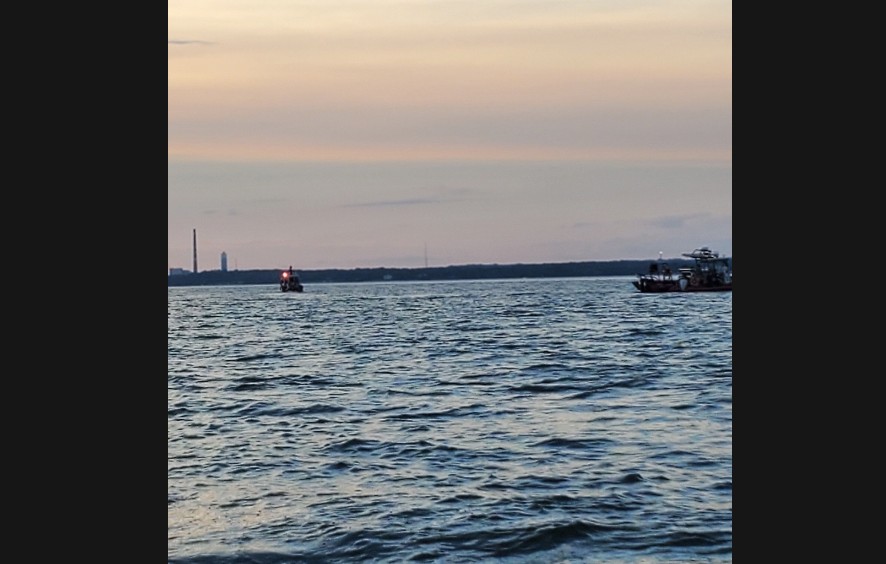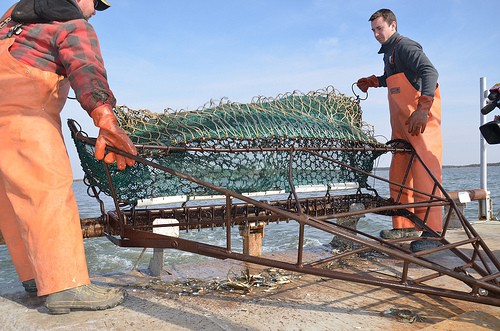This summer the University of Maryland Center for Environmental Science’s (UMCES) Chesapeake Biological Laboratory announced their first sponsorship donation from the JES Avanti Foundation for the popular DolphinWatch app, which calls on boaters to report their dolphin sightings in the name of science.
The grant comes in the form of $60,000 over a three-year period, enabling necessary upgrades to the app’s capabilities and will also help to support staff members who spend a lot of their time to validate reported sightings for quality control.
Dr. Helen Bailey is the creator and director of DolphinWatch, an app and website that allows anyone to report and view sightings of dolphins on their phone in the Chesapeake area. The app was launched in 2017 and now has more than 7,000 verified sightings in the Bay.
Bailey is an Associate Research Professor at the Chesapeake Biological Laboratory, performing research on the spatial and movement ecology of marine mammals and sea turtles, according to the site. She began the DolphinWatch project to better understand the “distribution and movements of bottlenose dolphins in the Chesapeake Bay.”
“With this multi-year funding, we can continue to raise awareness of Chesapeake Bay bottlenose dolphin habitat, engage community members, and help inform natural resource managers and policy-makers as they continue their work in Chesapeake Bay conservation,” said Chesapeake DolphinWatch Coordinator Jamie Testa.
According to NOAA Fisheries, bottlenose dolphins are found in temperate and tropical waters around the world. They usually inhabit a wide variety of habitats, including bays, gulfs and estuaries as well as nearshore coastal waters, deeper waters over the continental shelf and in the open ocean.
The bottlenose dolphin is a migratory marine mammal, living in both the open ocean and coastal habitats like the Bay according to UMCES.
Jamie Testa joined the DolphinWatch effort as a faculty research assistant at the UMCES Chesapeake Biological Lab. She said that the sponsorship has helped to solidify the foundation’s commitment, allowing DolphinWatch to plan ahead for years to come.
2022 was the highest sighting year to date, according to Testa, with 700 sightings in July alone, with more being reported further upstream. The company usually sees around 1,200 sightings a year, and about 75% of those are confirmed. This year’s sightings are still streaming in by the day.
More and more sightings are being reported further north than the scientists are used to this year. “Dolphins are regular visitors to the Bay…never expected them this far north,” said Testa. The upper Bay region includes the Elk River, and is close to the Bay Bridge, where DolphinWatch will keep an eye out for more activity.
DolphinWatch also promotes NOAAs marine life viewing guidelines, keeping a good distance, not swimming with them and respecting their habitat being the top priorities. “Let them do their natural, wild thing,” said Testa. July is the peak spotting month, and slowly dissipates as the water starts to cool.
Chesapeake DolphinWatch is grateful for its users and new sponsors and welcomes new ones to join them in their mission of spotting dolphins in and around the Chesapeake Bay as well as informing the public about this species.
–Dorothy Hood




